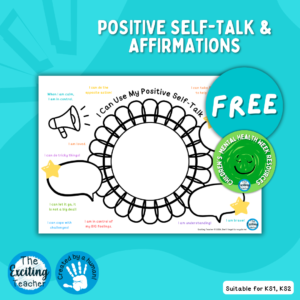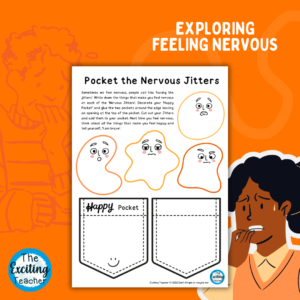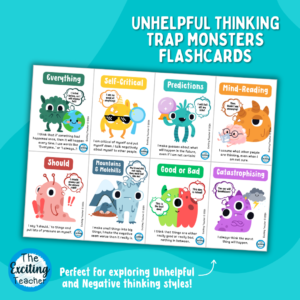Anti-Bullying: When someone is left out... Worksheet

These Anti-Bullying resources are a great way to open up open and frank discussions with your class surrounding the topic of bullying.
We recommend setting a set of class ground rules and keeping the discussion boundaried, whilst also allowing the children to ask questions when appropriate. These resources encourage children to think about the effects of bullying on not only themselves but also others. The aim is to foster a community of respect, understanding and empathy towards others inside and beyond the classroom.
How could this resource be used?
- To support with building an anti-bullying culture within school.
- To provide children with vocabulary to understand bullying and inappropriate behaviour.
Relevant Curriculum Links:
England PSHE – Which statutory PSHE curriculum* objectives does this resource fall into? *in line with the PSHE Association 2021 Statutory Guidance.
- KS1 – R10: that bodies and feelings can be hurt by words and actions; that people can say hurtful things online.
- KS1 – R11: about how people may feel if they experience hurtful behaviour or bullying.
- KS1 – R12: that hurtful behaviour (offline and online) including teasing, name-calling, bullying and deliberately excluding others is not acceptable; how to report bullying; the importance of telling a trusted adult.
- KS1 – R21: about what is kind and unkind behaviour, and how this can affect others.
- KS1 – R24: how to listen to other people and play and work cooperatively.
- KS2 – R31: to recognise the importance of self-respect and how this can affect their thoughts and feelings about themselves; that everyone, including them, should expect to be treated politely and with respect by others (including when online and/or anonymous) in school and in wider society; strategies to improve or support courteous, respectful relationships.
- KS2 – R19: about the impact of bullying, including offline and online, and the consequences of hurtful behaviour.
- KS2 – R20: strategies to respond to hurtful behaviour experienced or witnessed, offline and online (including teasing, name-calling, bullying, trolling, harassment or the deliberate excluding of others); how to report concerns and get support.
- KS2 – R21: about discrimination: what it means and how to challenge it.
Scottish Health and Wellbeing Curriculum Outcome(s):
- Mental and Emotional Wellbeing:
- I know that friendship, caring, sharing, fairness, equality and love are important in building positive relationships. As I develop and value relationships, I care and show respect for myself and others. HWB 0-05a / HWB 1-05a / HWB 2-05a / HWB 3-05a / HWB 4-05a.
- Social Wellbeing:
- I recognise that each individual has a unique blend of abilities and needs. I contribute to making my school community one which values individuals equally and is a welcoming place for all. HWB 0-10a / HWB 1-10a / HWB 2-10a / HWB 3-10a / HWB 4-10a.
More amazing resources you might like:
- All
- Christmas
- Colouring Sheets
- Displays
- Emotional Literacy
- Emotions and Feelings
- Flashcards
- Goal Setting
- Self-Care and Wellbeing
- Self-Esteem
- The Scribbles Crew
- Wilber the Worry Monkey
- Zones of Regulation

Regulation Zones Spinning Wheel

FREE: ‘I Can Use My Positive Self-Talk’ Affirmations Mirror Activity (Children’s Mental Health Week 2024 Resources)

The Confidence Potion Recipe – Halloween Edition

Advent: My Perfect World (Happy Place) Snowglobe Worksheet

The Scribbles Crew: Emotions Dominoes Game

Colouring Sheet – I Am Growing

Wilber the Worry Monkey: SMART Goals

Regulation Zones A4 Posters

‘Pocket the Nervous Jitters’ Activity: Exploring Feeling Frightened, Scared, Afraid or Nervous

‘Unhelpful Thinking Traps’ Friendly-Monsters Flashcards for Children
Share this resource:
Request a Resource
Want to request or suggest a resource? Pop us a message below and we will see what we can do. We are not able to respond directly to all requests but be rest assured, we are reading them and constantly updating the resource bank accordingly to all your fabulous ideas!
